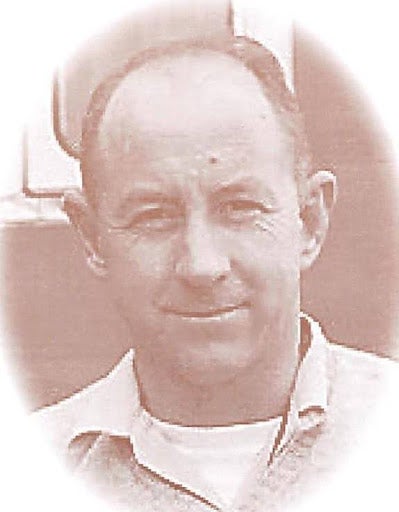Robert Lansing Patterson was born on June 18, 1918, in West Liberty, West Virginia. His love for the outdoors began at a young age when he and his siblings would awaken early to watch birds until they knew them all by sight as well as sound.
Robert attended the University of Michigan, where he received a bachelor’s degree in forestry and wildlife conservation. After graduating in 1940, he joined the Navy and served as first lieutenant and executive officer on the USS Selfridge. He was part of the defense of Pearl Harbor on Dec. 7, 1941, and received several service medals before being released from active duty as a Lieutenant Commander in 1945.
Following his military service, Robert resumed his wildlife studies, eventually moving to Farson, Wyo., where he would conduct the research that led to his PhD and the publication of his seminal work, The Sage Grouse in Wyoming.
While conducting grouse research, Robert was employed as a wildlife biologist for the Wyoming Game and Fish Department. His book, the first complete study of the natural history of sage-grouse, has received both national and international recognition as a foundational study of the species. Withstanding the test of time, the bulk of his lessons and land-use recommendations regarding sage-grouse are used to this day when developing state and federal policies in sage-grouse management.
After his field research in Farson and following the book's publication he continued his employment out of Cheyenne as a game bird supervisor. He led initial efforts to establish resident Canada goose populations in Goshen County, along with waterfowl biologist George Wrakestraw.
In 2008, the Western Association of Fish and Wildlife Agencies established the Robert L. Patterson Award, honoring his book and contributions to bird conservation. The award recognizes outstanding individuals who have worked to conserve and manage Gunnison and greater sage-grouse and Columbian sharp-tailed grouse.
Robert and his wife, Loula Mai, had two daughters, Valle and Paula. He passed away in 1956 at the early age of 37, but his legacy and contributions to Wyoming conservation and his country are seen to this day.

